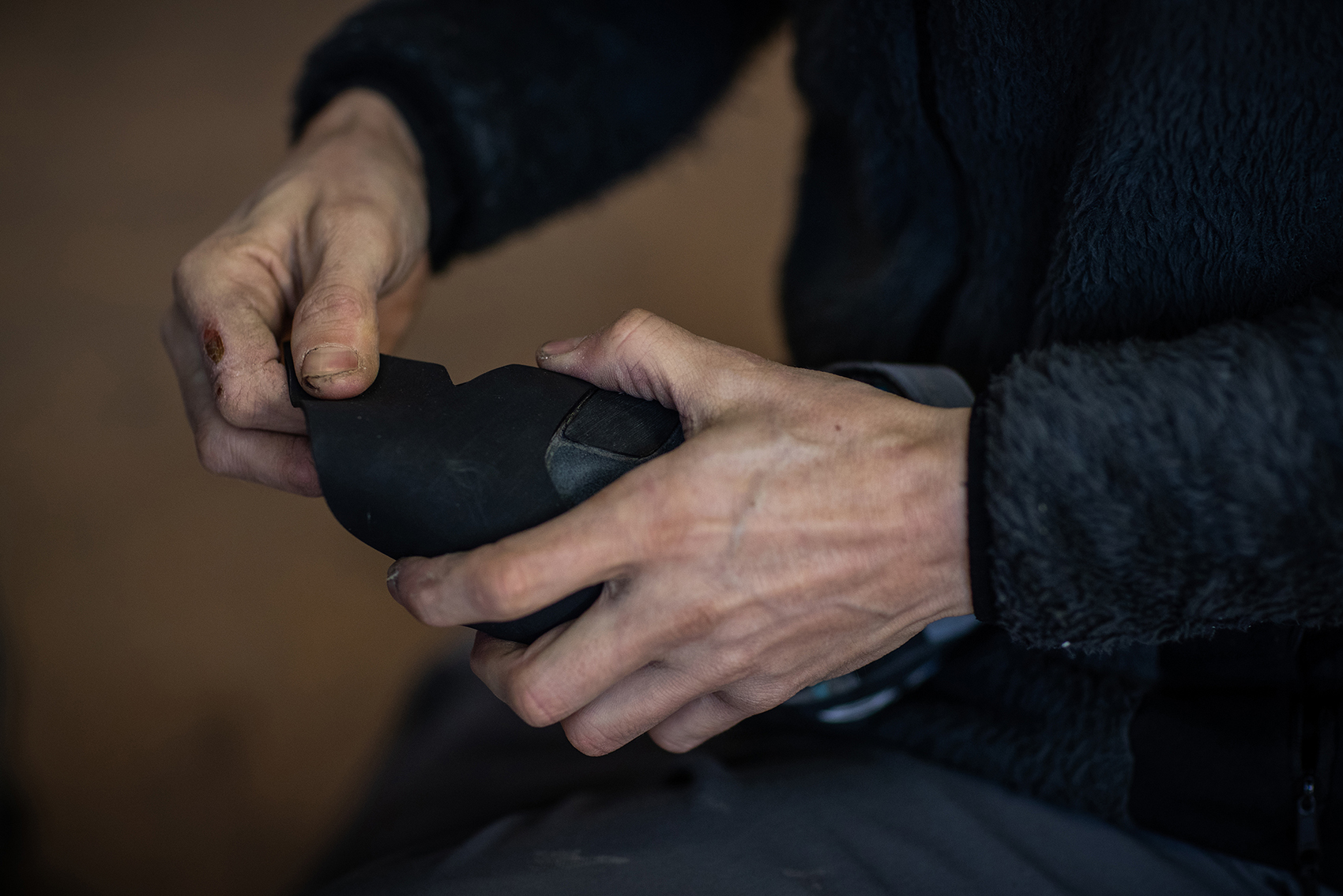
Never stop resoling – Shoe Doctor
This interview was done and written by my friend Neža Peterca, photos by Mike Guest. You know I´m all about repairing and caring for things we own. So thank you both for this interview and for introducing Shoe Doctor to us!
In a small town of Tržič (Slovenia), an old cotton spinning mill now houses the Shoe Doctor team. A cobbler workshop specializing on repairs of climbing, hiking and mountaineering shoes. We chat with founder Miha Jazbec a third generation cobbler/climber about their mission, care and repair.

You are already the third generation of shoemaker/cobbler in your family, what’s a short history behind it?
Miha: My grandfather and my father were both shoe makers, the company was known for its production of durable slippers. But unfortunately when cheap labor dominated the market we had to move our production overseas to be able to keep competitive prices.
I was schooled as a traditional shoemaker but never imagined I would work in the field. I spent a lot of my time climbing, I started to repair mine and my friends climbing shoes. The word about my repairs spread fast but there was a lot to learn since climbing shoe repairs are quite specific. I had to develop custom tools, templates, techniques and it took me about 5 years to the point that I was completely satisfied with the quality of my repairs.
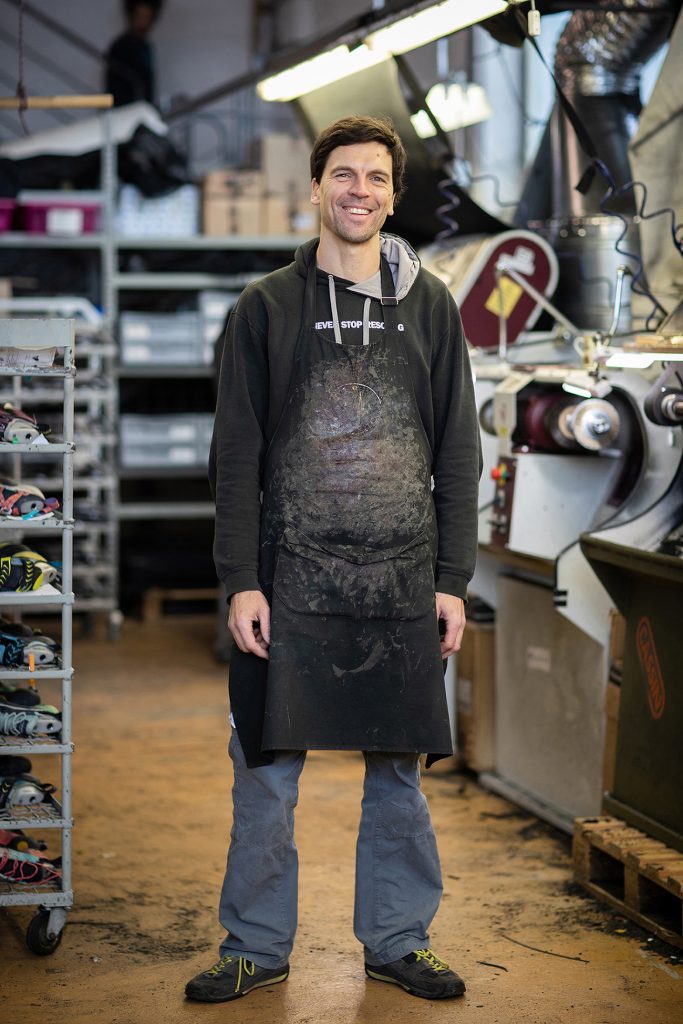
Companies such as La Sportiva and Scarpa acknowledged the quality of our works and we became their official resolers. That means we have direct access to original replacement parts and materials.
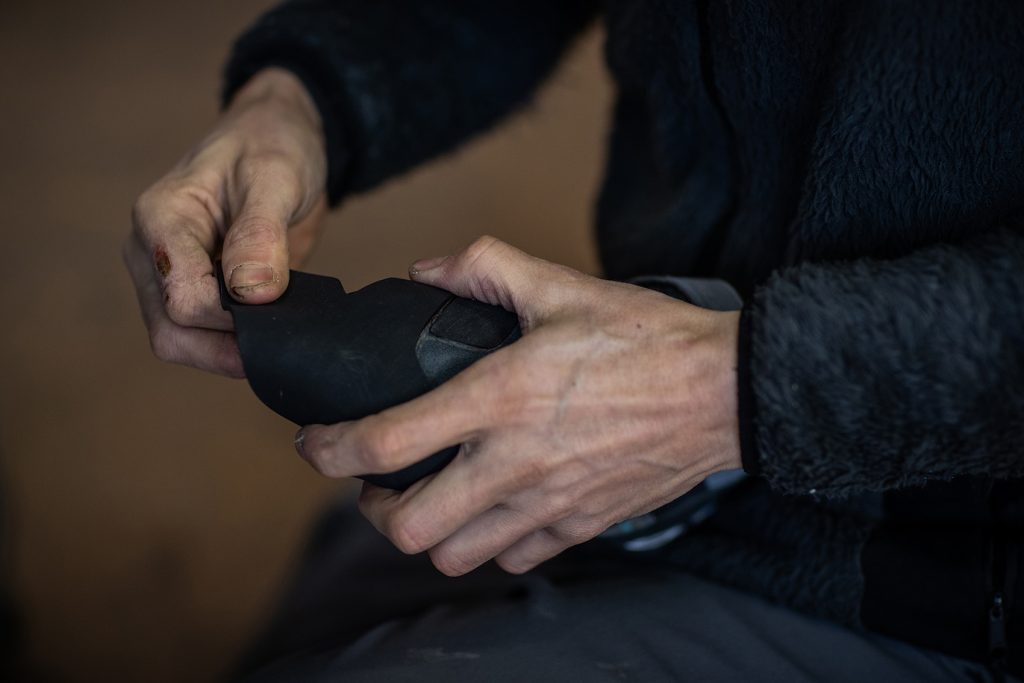
When looking around the workshop you can see only young faces, can you tell us a bit about your employees?
Miha: Everyone who works at Shoe Doctor is a my family member or a friend and everyone is a climber. At the moment we are 4 employed and my girlfriend works part time in the office. Personally I think that only a climber can properly understand how the climbing shoe should be repaired.
Seems like you have a lot of work, is 4 employees enough to fulfil your demand?
Miha: At the moment we work with 7 climbing centers around the world and they send us around 100 climbing shoes per month. But these are only the climbing shoes, if you add in the hiking and mountaineering shoes it becomes clear very fast that we are swimming in work.
We could employ more people and grow the business, but it’s not in our interest to do bigger volumes of repairs. With growth you loose quality and that’s where we don’t want to make compromise.
What’s your advice on buying new climbing/hiking/mountaineering shoes? What are the indicators of a good quality shoe that will last us a while?
Miha: A good indicator would be the sole of the shoe. If the sole is made out of multiple color rubber that’s an alarming fact of bad quality footwear. You can never miss with a one color black Vibram sole. If the sole is good usually also the shoe on it is good.
Shoes made in Europe are always a better choice over those made in Asia, just because of longer shoemaking tradition and legitimate know how.
Before new purchase always ask ourselves what’s going to be the shoes primary function. Leather shoes last the longest but their downside is that they are usually heavier than textile made shoes. So it’s all about accepting the compromise. Do we want a heavier shoe which will last us a couple of years or the weight is more important and we risk the shoe falling apart after a season outdoors.
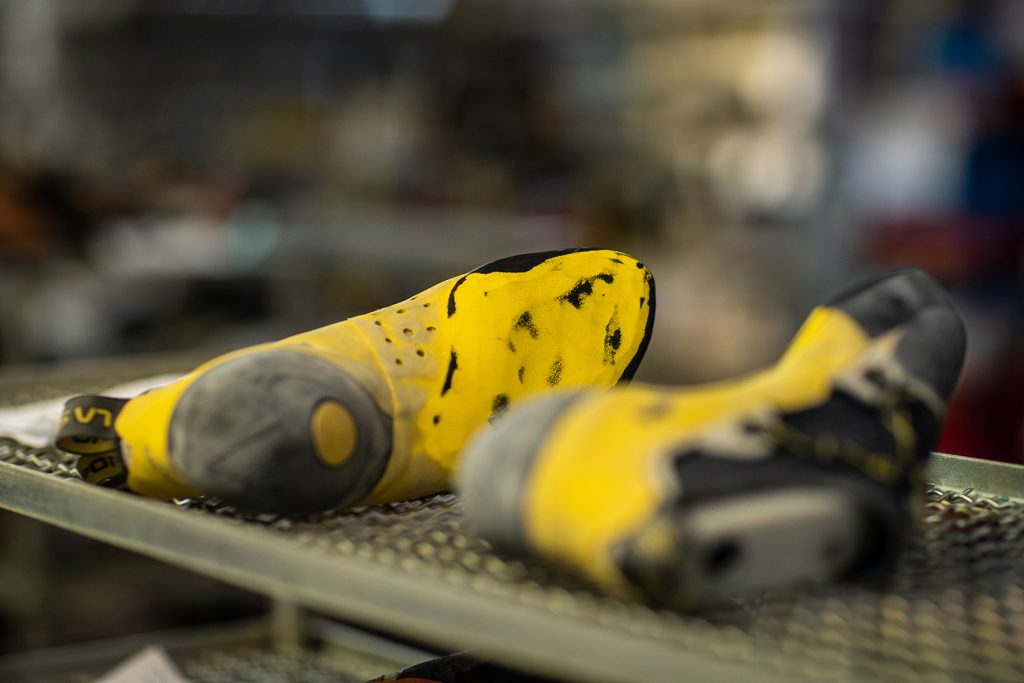
What is your advice on how to take proper care of shoes?
After each rain or wet conditions treat your leather shoes. That will keep the leathers elasticity and will prevent it from braking. GoreTex shoes or shoes with membrane should be regularly impregnated, that will prevent the rain to penetrate into outside layers before reaching the membrane.
There are already solutions and several ideas for recycling garments after they reached their end of life circle, but what are the solutions for shoe recycling?
Unfortunately, shoes are a very complex product to recycle, due to different materials they are made from. There are some companies which came up with recycling ideas – like Nike, who makes floor tiles for running tracks, basketball courts… but there is still a lot to be done in this field.
The best we could do is to make a conscious purchase of good quality shoes which will last us a while and are repairable.
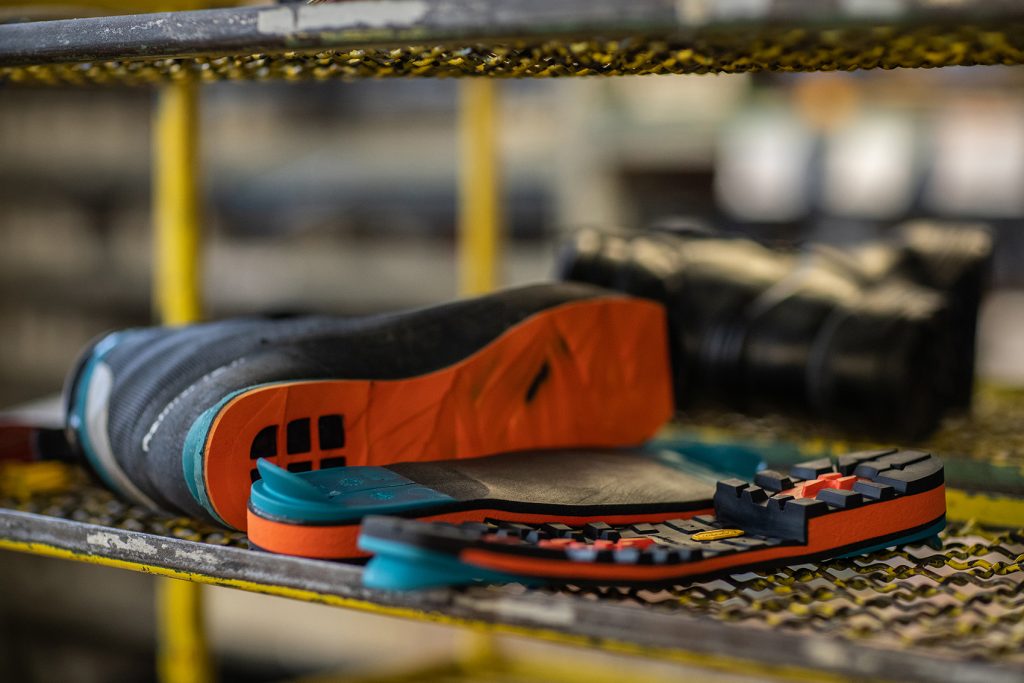
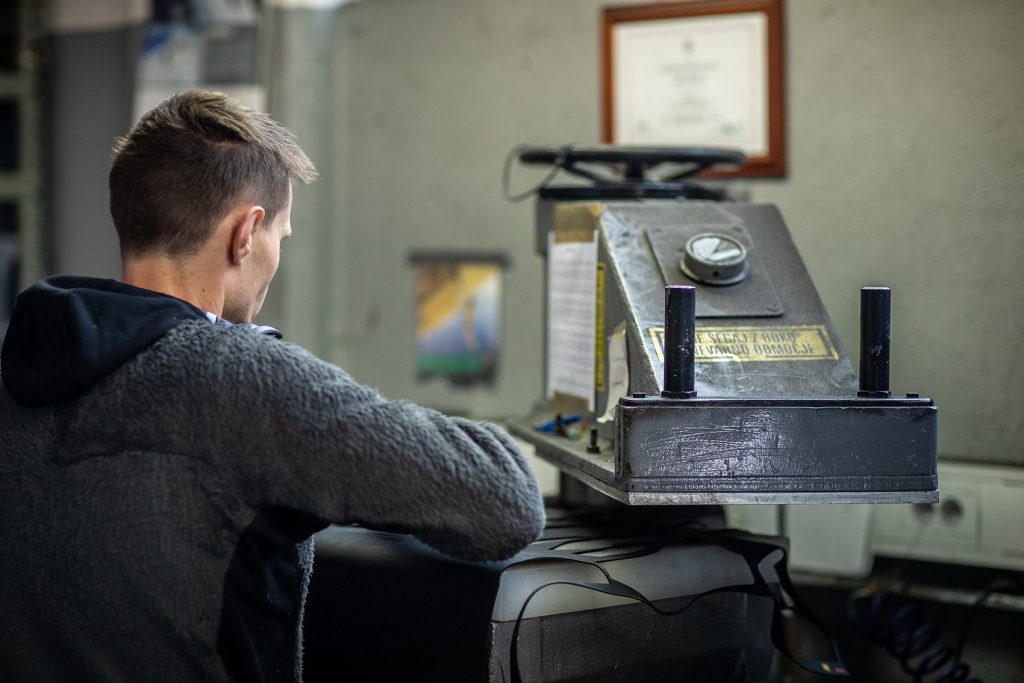
Where and how to recycle shoes
– Nike’s REUSE A SHOE program collected more than 28 millions pairs of athletic shoes since 1990s. They turn destroy footwear into track surfaces, basketball courts and playgrounds. If you’d like to take part in the program you can drop them off at Nike or Converse shoes. If you don’t live close to any of the stores you can ship your pair directly to their recycling facility in Belgium.
– SOEX – a recycling and sorting facility in Germany with a dedicated shoe recycling plant in Wolfen.
Daily they receive thousands of used shoes. Large parts of them are still in good condition and the are distributed around the world to be sold as secondhand shoes. About a quarter of the shoes are beyond repair and have to be professionally disposed.
SOEX has developed together with I:CO a recycling plant where they can process and mechanically disassemble all shoe types into their components and then derive from them usable secondary raw material such as rubber, leather or foam. They have collection points all over Germany and UK and in some retail stores.


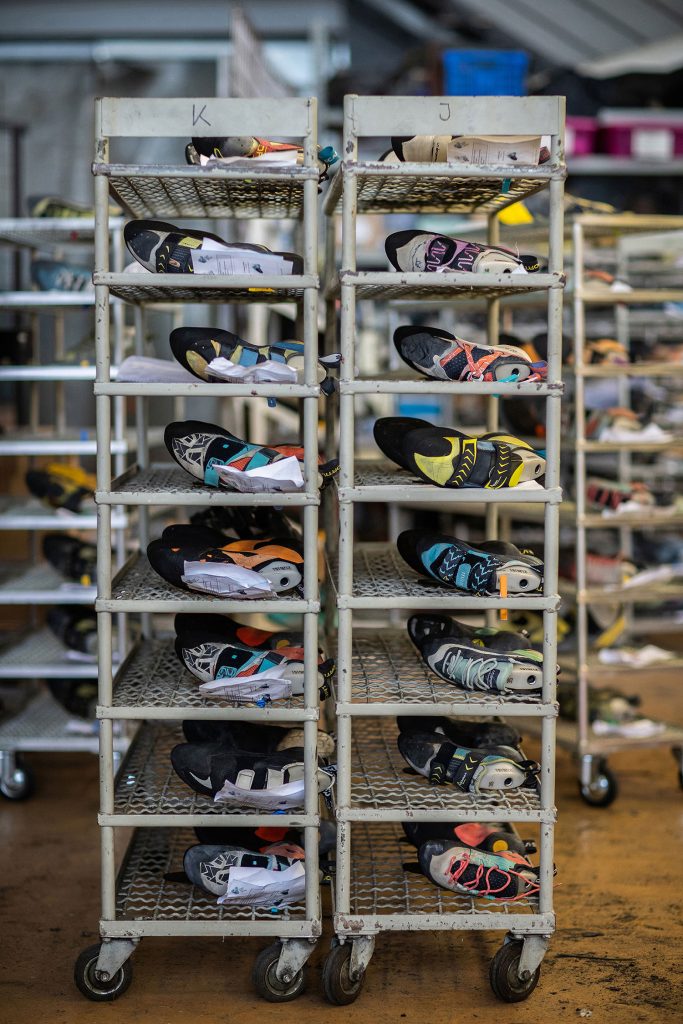
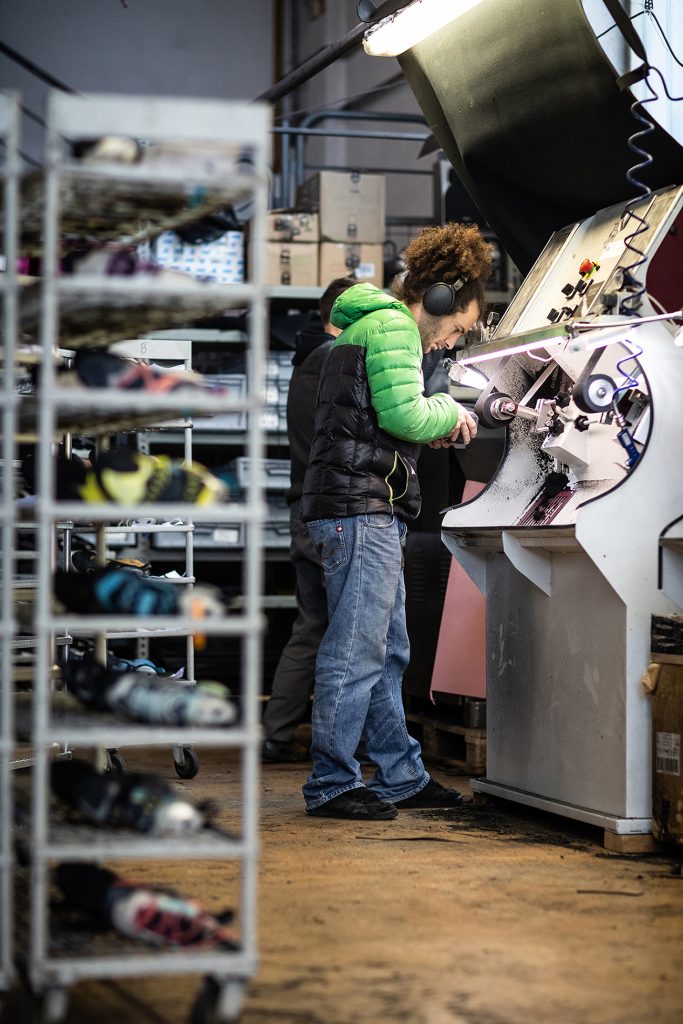
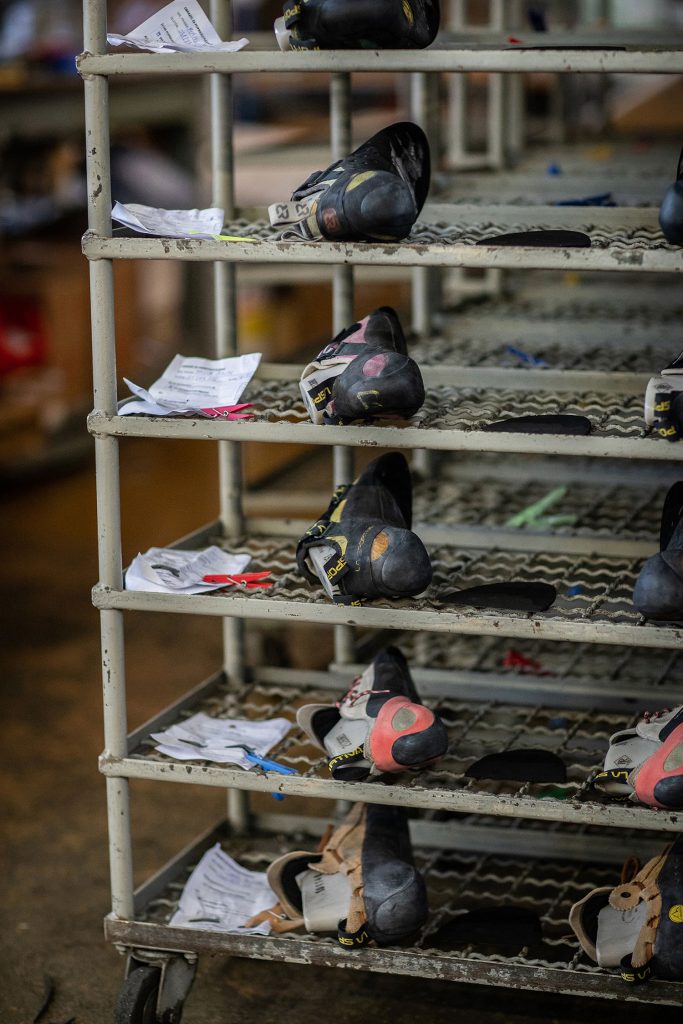
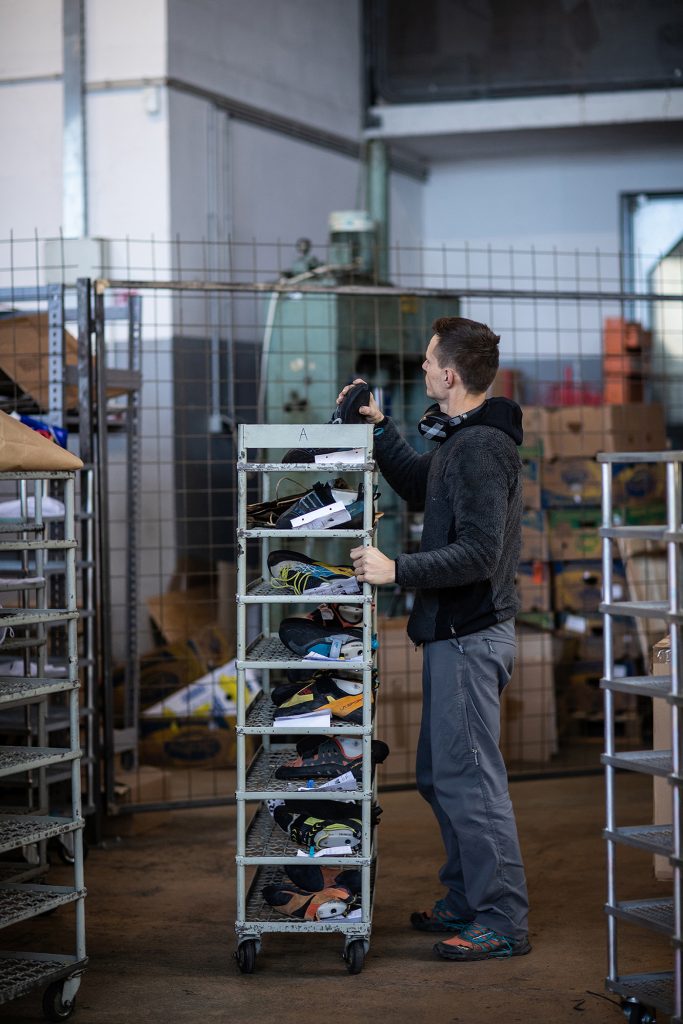
Leave a Reply